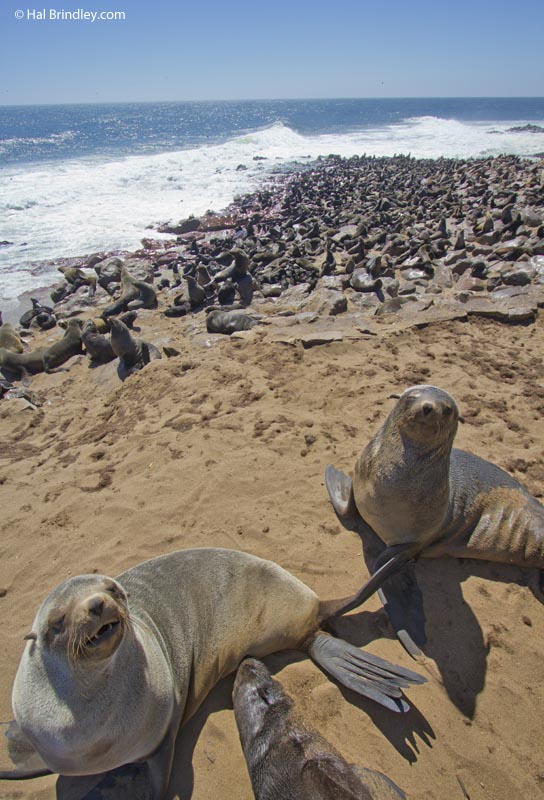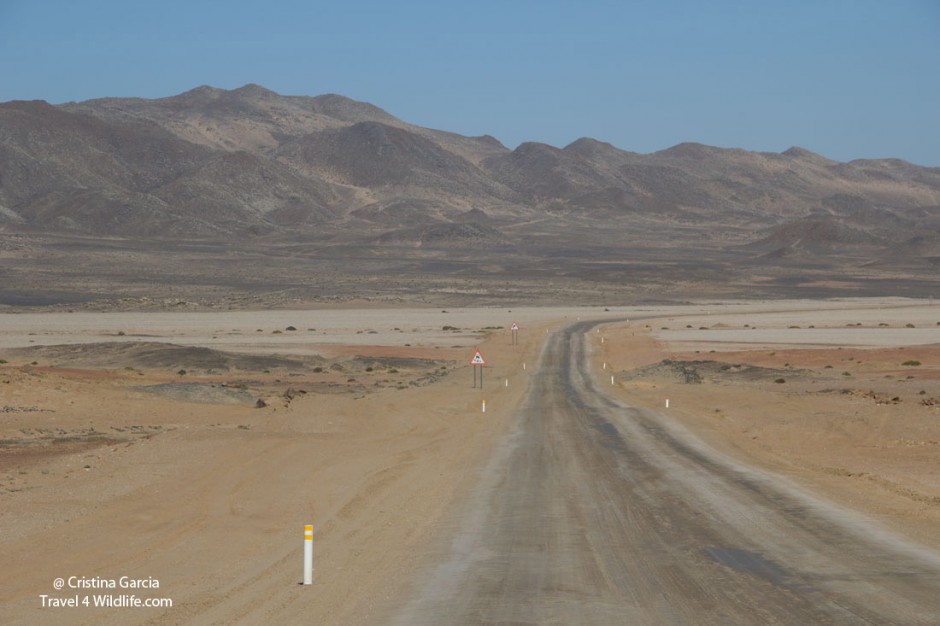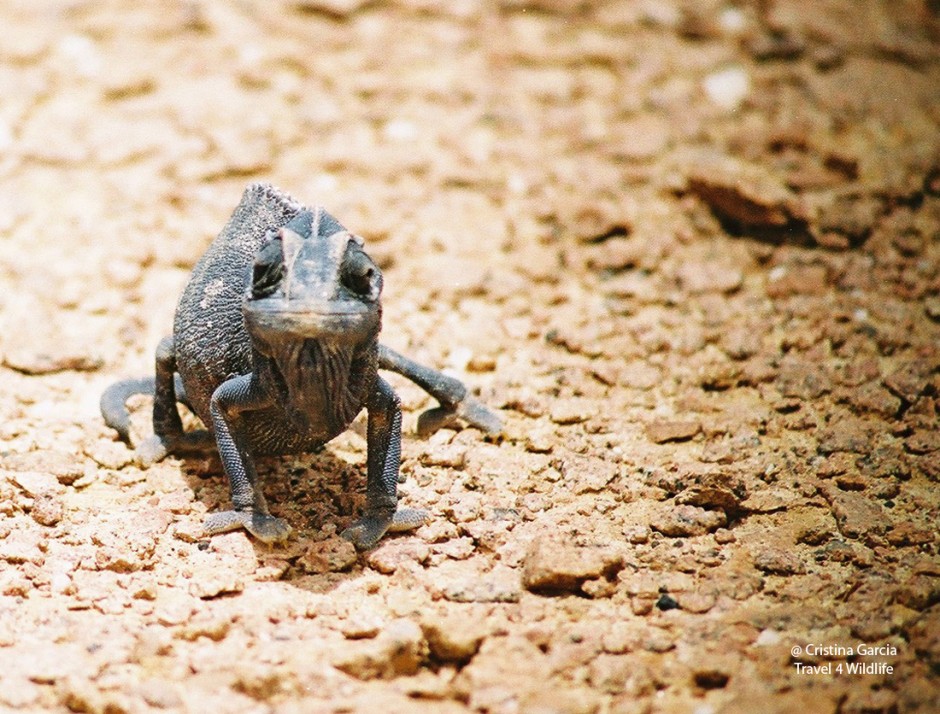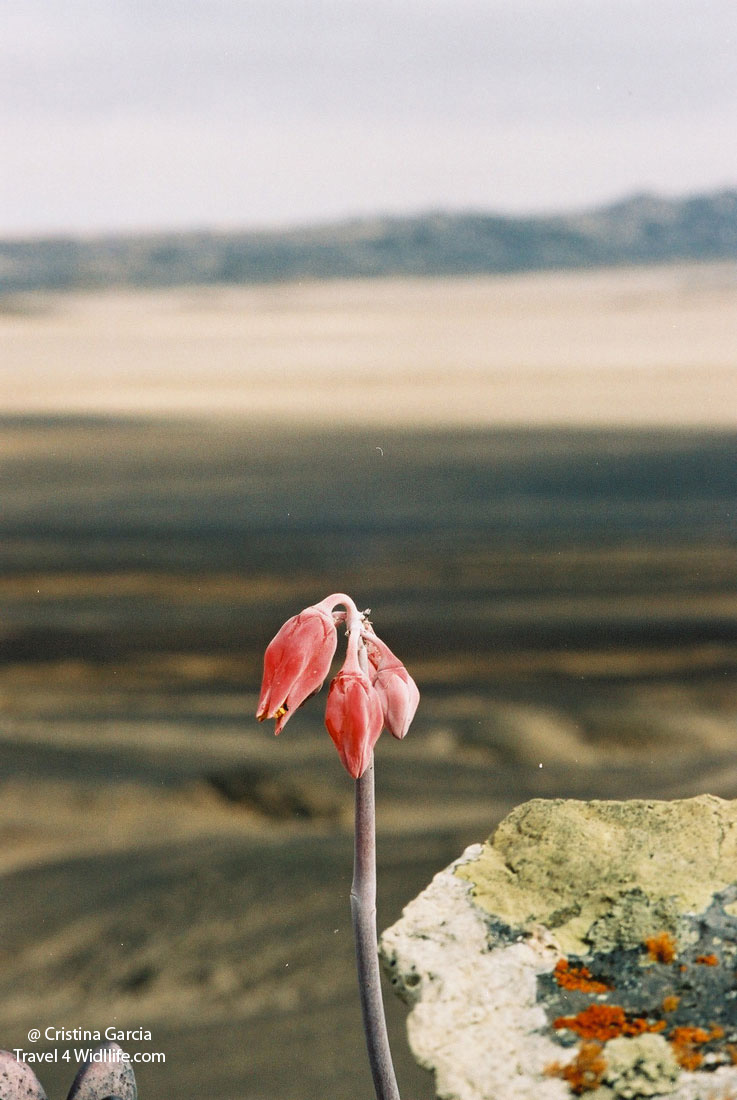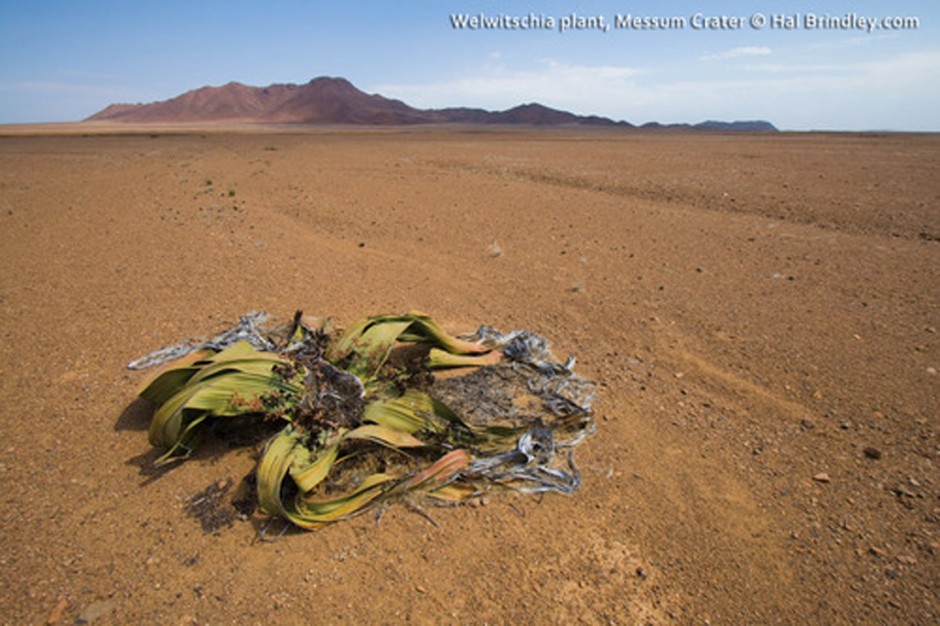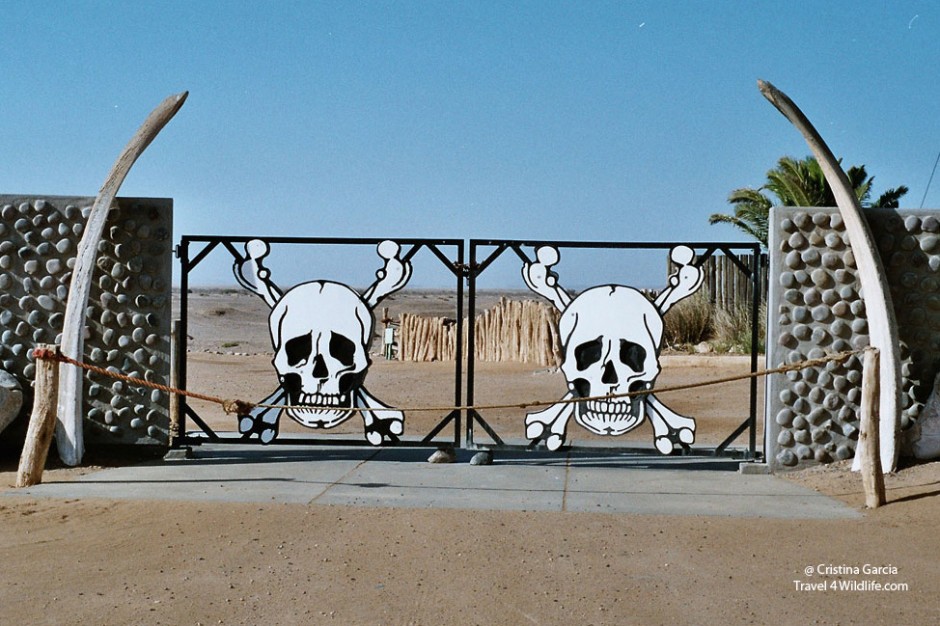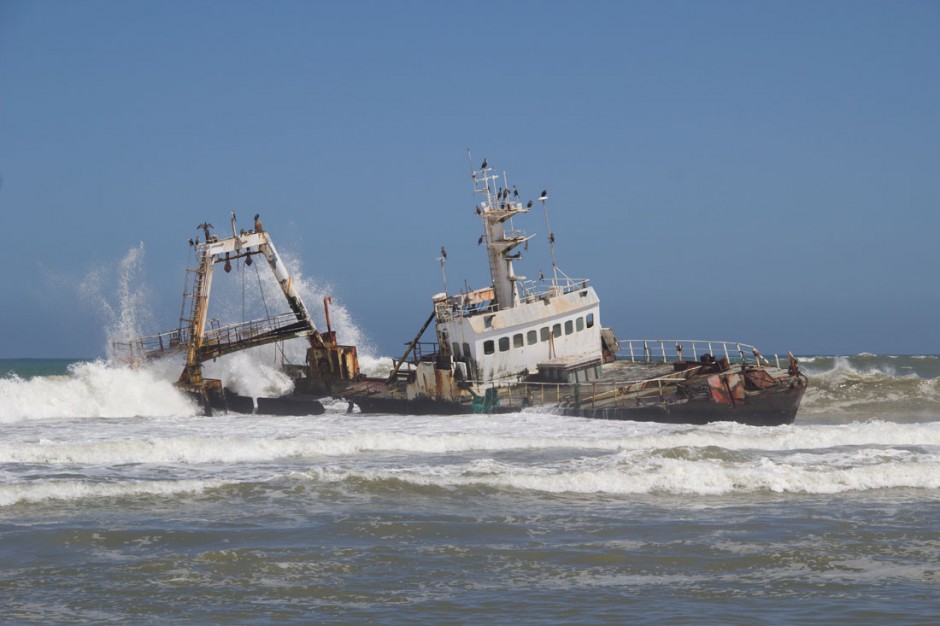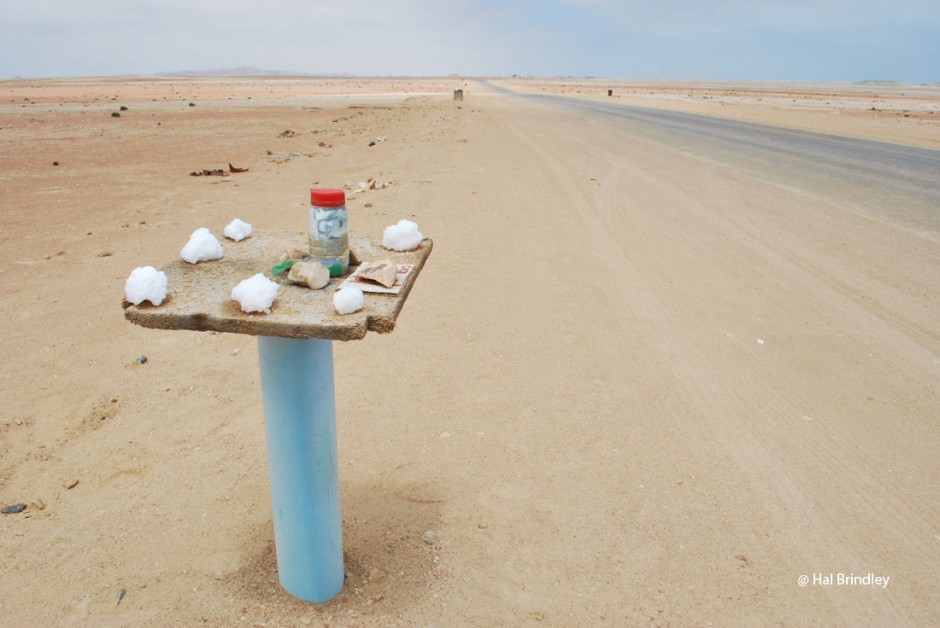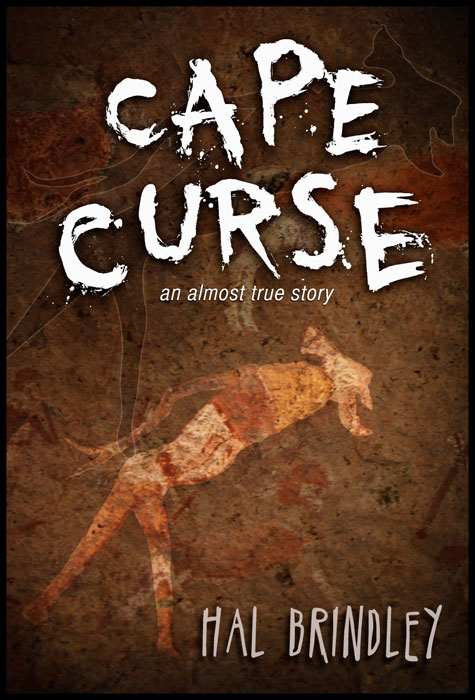If you are visiting Cape Cross in Namibia it is very likely you are only there for a few hours. Cape Cross may seem like the kind of place with nothing to do except to see the seals but don’t be fooled by its barren appearance. Whether you are camping at the Seal Reserve or staying at the Cape Cross Lodge, there is more to do than just looking blankly at the sea and you’ll probably need more than a day to do it.
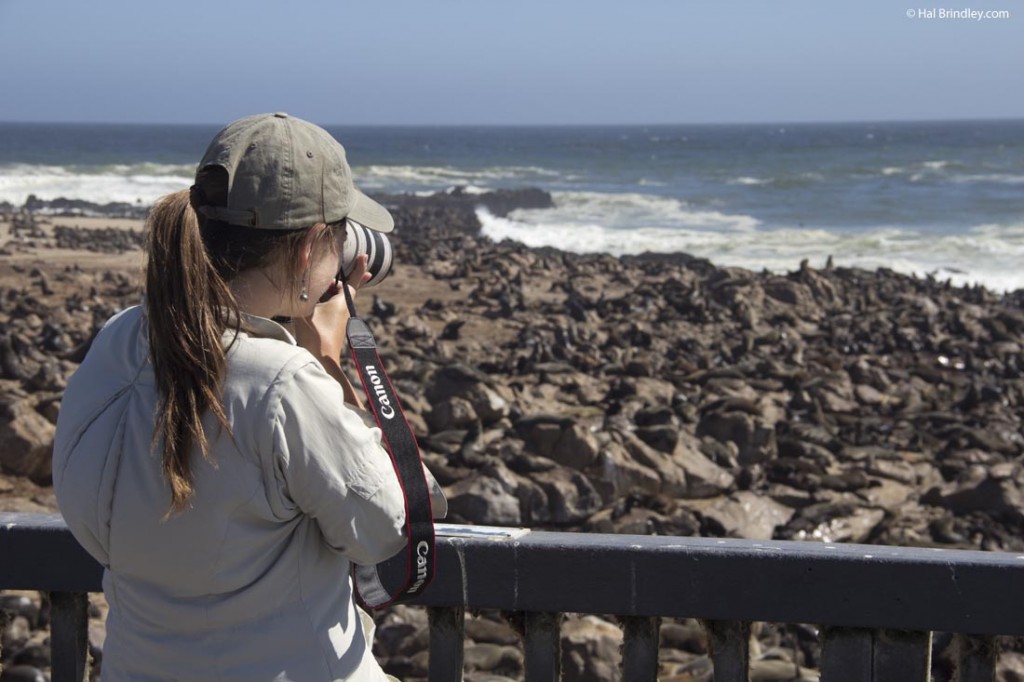
Hang out with the Seals
Visiting the seals must be the reason why you are here, so don’t just hang around them for a few minutes. Yes, the smell can be overpowering but you have to stick around for a while to be rewarded with great behavior displays.
The seals give birth at the end of October and beginning of November. This is an amazing time to visit and to witness the birth of seals. They give birth right by the viewing platforms so it is pretty easy to see.
One thing you should be aware of is that a seal cull occurs at certain times of the year at the Reserve. Pretty ironic since it is a Seal Reserve. It is normally done in the early morning before the Reserve opens and tourists arrive, but if you are staying at the campground and want to avoid the gruesome killing, make sure you do not go when the cull is carried out. It normally happens between July and October but double check.
Hike the Hinterland and Spot Wildlife
Look around you. Not much to see, right? This may seem like the bleakest spot you will ever visit. It feels like nothing can live out here except for seals. Give the place a chance, hike its hills and discover its hidden wildlife.
The list of animals to be found here gets pretty long: scorpions, chameleons, gemsbok, springbok, brown hyena, black-backed jackal, tortoise and horned adder, amongst others. The best way to find wildlife is to hike to one of the hills, sit and wait patiently. You might be rewarded by an inquisitive jackal or by the sight of a brown hyena returning to her den after feeding at the seal colony.
Don’t forget to stop to look at the beautiful desert flowers.
One of the things you must be aware of is the lichen plains. Do not walk on the Lichen Plains, they are extremely fragile. These colorful fields of low-lying lichens can take hundreds of years to recover from damage due to driving, bicycles and hikers. Try to follow established paths or stick to bare rock.
A last tip: carry plenty of water with you, wear a hat and tons of sunscreen. It may be cold and foggy by the sea but once you cross into the hinterland, the fog disappears giving way to the baking sun.
Visit the Messum Crater
The Messum Crater is what remains of an ancient volcano.
This stark and beautiful landscape is unlike any other in the world. Be sure to get out and take a closer look at a Welwitschia mirabilis, a bizarre endemic plant which can live for thousands of years. You can also find prehistoric archaeological sites including rock paintings (petroglyphs). If you decide to drive to the Messum, you will need a 4×4 and plenty of fuel. It is very easy to disorient oneself and take the wrong turn. You can get a route map from the Henties Bay tourism office and a compass or GPS can come in handy.
Drive up to the Skeleton Coast Gate
Portuguese sailors who arrived in the 15th century named this treacherous coast the “Coast of Death”. Now it is known as the Skeleton Coast because of the abundance of whale bones found along its shoreline. The Ugab Gate (the entrance to the Skeleton Coast Park) is only about 45 minutes north of Cape Cross. Take a drive north of the Seal Colony to photograph one of the coolest gates you’ll find. You can get a day permit to visit the park at the gate.
Another must-do is to stop at the gate guard’s little office. He has an interesting collection of mineral and animal specimens.
Spot Ship Wrecks Along the Coast
That’s what this coast is known for: shipwrecks. The majority of shipwrecks are found on the northern side (crossing the Ugab gate) but on our last trip we were surprised to found one just a few miles south of Cape Cross.
Cake and coffee at Cape Cross?
If you feel like being civilized or need some indulgence after camping for too many nights, stop by the Cape Cross Lodge, next door to the Seal Reserve. The lodge has delicious cakes. Sip your coffee while you watch the waves crash or sit on the comfy couch for some light reading.
Buy a Salt Mine Souvenir from the Creepiest Souvenir Stand
These are the creepiest souvenir stands we have ever seen. Especially if you visit in the morning when the thick fog engulfs them. Why are they creepy? Because they stand untended at the side of the road, every quarter of a mile. The closest salt mine went bust a few years ago but some workers still live in the decrepit buildings. But you won’t see them around. Each stand exhibits a few beautiful chunks of rock salt next to a jar with a note telling you how much to put into it if you take something.
Cape Cross can be a creepy place. Especially at night. The fog, the emptiness, and the constant howling wind will make your hair stand up. Our stay at Cape Cross inspired Hal to write a short story. It was the scariest night of our 7-month trip around Southern Africa. He has since renamed it Cape Curse.
You can now read it on Kindle, Cape Curse: An almost true story

Cristina Garcia
Zoologist and wildlife photographer. She has worked in the field with jackals, wolves, cheetahs, & leopards. She serves on the Board of Directors of SEE Turtles, a non-profit sea turtle conservation organization.
Read her posts at Travel For Wildlife and see more of her work at Truly Wild, & Our Wild Yard.


